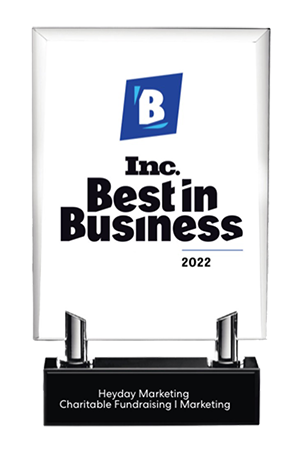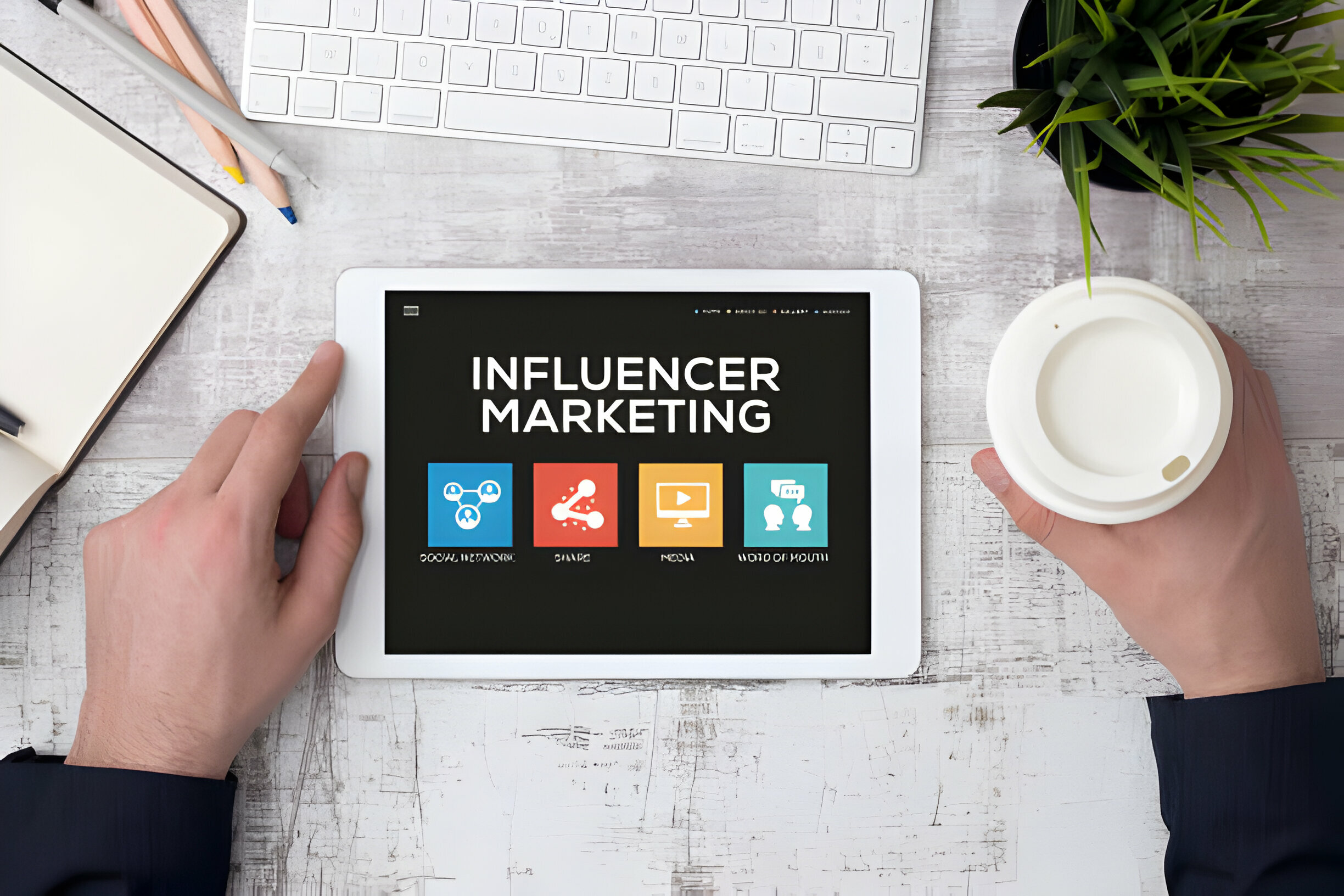Emails have given marketers an exclusive platform to connect with customers on a more personal level.
It remains one of the first to-dos at the beginning of a day for most people, making it utterly important to be part of their inbox for any company.
While social media has become the most popular forms of engagement online, emails retain their superiority for the importance they play in a person’s life.
It’s the most important platform for communication where things are taken ‘seriously’.
Email marketing is still one of the best ways to reach a digital audience. They are usually one of the first icons on one’s phone with a high level of priority given to its notifications.
However, to reap its benefits, you have to be utilizing every strategy in the book to ensure your emails not only reach but are viewed by the right people.
One master email for your entire list may do more harm than good– both to your engagement levels and to your reputation.
Segmenting emails constructs more relevant, valuable content that your recipients will more likely read and respond to.
Email segmentation takes an email blast from a “one-to-many” approach to “one-to-one” personalized communication.

The benefits of segmenting your email audience list
Allows you to send more relevant content
The more relevant your email is, the more likely your recipient will continue to engage with it. No email audience is the same, so splitting up your email list based on certain audience characteristics will help your content be more useful to them.
For example, to a group of people who have looked at products from a particular category, send them recommendations of similar products.
If people on your email list have purchased a flagship product, group them into a list where you can show them other products that pair with it.
Progresses your groups down their relationship funnel with you
The truth is that not all your customers fall into the same category.
Your older, loyal customers will have a different understanding of your brand while your new customers may only be working on understanding you.
This, for example, requires segmentation of your old versus your new.
Sending a welcome message through an ‘introductory campaign’ email will be far more relevant to your new customers than your older ones.
Your most loyal customers, who are more familiar with you, would benefit from emails that celebrate monthly or yearly anniversaries with you.
By sending emails that align your subscribers with their rightful place in the funnel, you may be more likely to convert them.
Helps you send the right amount of emails
You may annoy many potential customers into unsubscribing from your email list if you send email-averse customers too many emails.
On the other hand, if you do not send out frequent communication to your dedicated subscribers, you may miss out on an opportunity to engage with them.
A better option would be to divide email-averse customers from your most prized email readers into different lists so you can send them content in different frequencies.
This will also help you understand which types of content are more useful and beneficial to them as well as for you.
Increases your email marketing return on investment (ROI)
According to numbers, highly targeted email campaigns account for more than half (58%) of all email ROI.

Segmenting your audience for email success
Highly targeted segmentation is sometimes difficult to master, but you can start to optimize your efforts and use simple techniques that will help you further segment your audience down the line.
Not all segmentation is possible right away, such as those which need more data.
Whether you distribute your audience according to who they are or what they want, taking the time to understand each group for their interests and expectations will increase your success.
So what are a few effective ways to segment your list?
Demographic data
This can be one of your strategies to begin segmenting. From gender to location to age, this information is one of the most commonly available for any target audience information.
For example, knowing the audience’s gender for a clothing company can help them send out different items for men and women.
Engagement level
Active audiences will have different appetites for content than those who aren’t as engaged. Looking into what type of content each of them responds to will require analysis of data or A/B testing.
Activities (or lack of):
If a subscriber has consistently viewed a particular type of content, it makes sense to send more content that aligns with the same. Experiment with other types of content for the ones who are not as engaged.
Location
Segmenting your list by location gives you powerful geo-targeting capabilities and helps them reach products easily without having to wander for something they may not be able to get their hands on.
Purchase history
Hitting subscribers who have purchased an item previously with the same items is a missed opportunity. Point them towards an item that complements their previous purchase or a category in which they are more likely to be interested.
Email metrics
You can segment subscribers who have stopped opening your emails as non-openers and craft a re-engagement campaign just for this list.
If they’re opening but not clicking, you may want to consider segmenting them into a different list and test different kinds of content.
Position in the sales funnel
This particular section has multiple possible segmentations within, each for audiences who have a different relationship with you.
Generating individualized content is highly possible by dividing audiences into their different stages of connection, which are:
- Awareness – This is where a customer becomes aware of your brand.
- Interest – Here, there are chances to develop interests in your product/service and lead them to purchase. A purchase may be unlikely here, however, this will have beamed a thought to build interest.
- Decision – These emails particularly should help ease users into completing a purchase without giving them the ability to have thoughts – this list will have already been thinking about purchasing a product for a while.
- Action – This is an opportunity for two emails. The first one being of special offers to encourage the audience to ‘buy now’, and the second, once purchases have been made, an ‘appreciation’ email thanking them with the agenda of directing them to a newer call to action (CTA) by recommending another product, to read a blog, watch a tutorial, etc.
It is realistic to say that each one of these stages will have its concerns, and each of your new content, or email, should be able to address them to maintain their descent down the funnel.
For example, someone in the ‘interest’ stage may need more information on your product/service before making a decision.
On the other hand, in the ‘decision’ stage will most likely be looking for special offers and encouragement to ‘buy now’, which means they’ve progressed into the action stage.
A user’s position in the funnel is one of the most important to keep an eye on as it can be a great resource to create highly targeted ads in the future with the data you may have available of their activities with your company.

Final thoughts
Even though segmentation requires more dedication and hard work to group audiences into smaller sections, the difference it has on upcoming campaigns will be noticeable!
By catering to their needs and interests, your email marketing campaigns will bring in much more conversion rates that will open a plethora of newer opportunities for you.
These segments become your extended target audiences for whom unique strategies can be devised.







